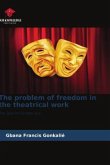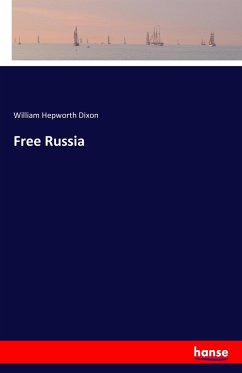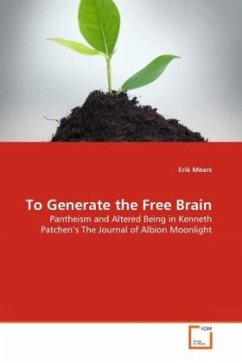High Quality Content by WIKIPEDIA articles! A regular language is said to be star-free if it can be described by a regular expression constructed from the letters of the alphabet, the empty set symbol, boolean operators and concatenation but no Kleene star. For instance, the language of words over the alphabet {a,,b} that do not have consecutive a's can be defined by (emptyset^c aa emptyset^c)^c, where Xc denotes the complement of a subset X of {a,,b}^ . Marcel-Paul Schützenberger characterized star-free languages as those with aperiodic syntactic monoids. They can also be characterized logically as languages definable in FO[], the first-order logic over the less-than relation and as languages definable in linear temporal logic (Kamp).
Bitte wählen Sie Ihr Anliegen aus.
Rechnungen
Retourenschein anfordern
Bestellstatus
Storno








